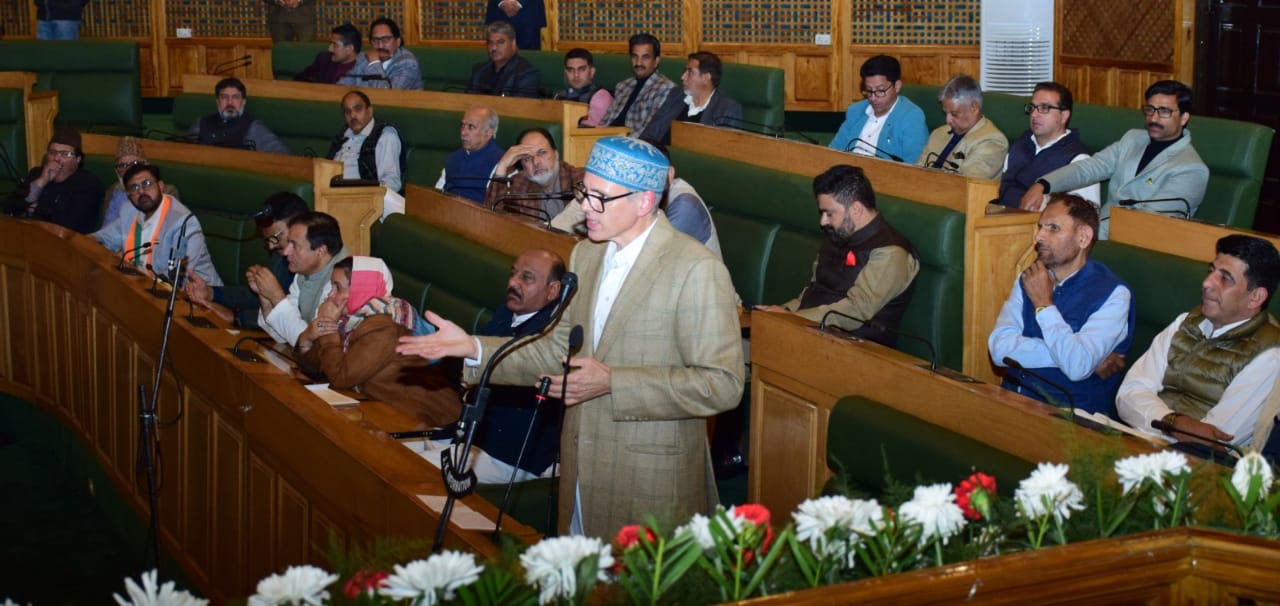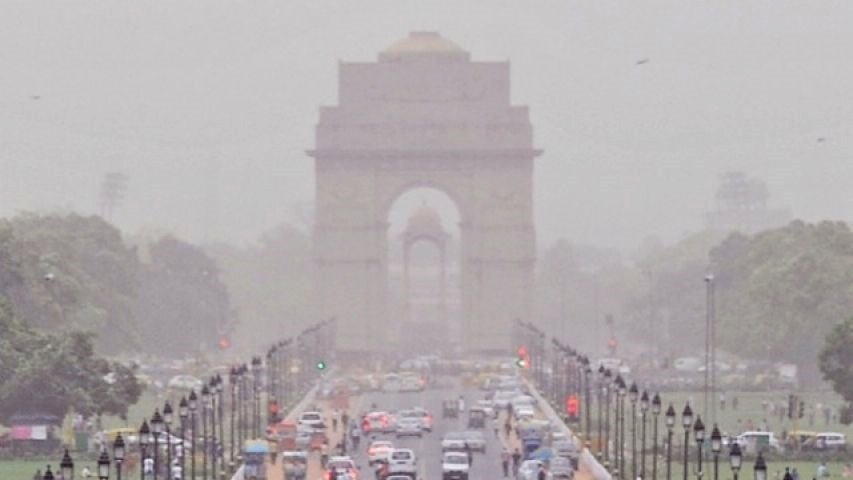A report on elephant population estimates in Kerala has revealed that the state witnessed 845 elephant deaths between 2015 and 2023. It also highlights an increasing trend in death rates over the years.
Key highlights
- According to the study, young elephants under 10 years of age encounter the highest risk of death, constituting 40% of the deaths.
- Elephant Endotheliotropic Herpesviruses – Haemorrhagic Disease (EEHV-HD) that coexists with elephants has been identified as the key reason behind these deaths. In another study, it has been found that living in a larger herd mitigates the risk of the herpes virus. It particularly helps calves develop antibodies that effectively fight EEHV-HD and reduce the risks of death.
- Thus, the population estimation report emphasises the restoration of natural habitats to provide a conducive environment for elephants to live in herds. This will curb the breakup of herds and reduce the impact of EEHV-HD and the death rate. In sub-optimal habitats, fodder shortage forces elephants to live in smaller groups which increases the risk.
- The study also recommends a structured framework for investigating the causes of deaths, identifying patterns, and assessing threats. This will help initiate targeted actions towards conservation.
- Kerala has four elephant camps- Kottur in Thiruvananthapuram, Konni in Pathanamthitta, Kodanad in Ernakulam, and Muthanga in Wayanad. The actions required across these camps.
Threats to Elephants
- The life expectancy of a captive elephant is 70 to 75 years, while it is 60 years for wild elephants. Nearly 80% of wild elephants pass away due to natural causes. Around 20% die due to unnatural causes.
- The elephants face multiple threats to survival, some of them are:
- Climate Change: Shrinking habitats and increasing fragmentation due to climate change, such as land-use changes, water shortage in summer, and temperature fluctuations raise their vulnerability to diseases.
- Increasing Susceptibility: A declining population and sensitivity to high temperatures increase their susceptibility.
- Invasive Plants: These species affect their food sources.
- Human Activities: Human activities in and around their habitations disturb elephants.
- Other Causes: Electrocution, fights among tuskers due to conflicts within a herd, poaching, and hitting by trains.
- Loss of Chewing Teeth: After the age of 50, elephants lose their chewing teeth and it becomes difficult for them to eat properly and meet the body’s requirements. This causes their sickness.
Elephants in India
- Elephants are the Natural Heritage Animals of India, which are regarded as keystone species due to their vital role in a forest ecosystem.
- As per the 2017 Census under Project Elephant, India is a country with the largest wild Asian Elephant population, estimated at 29,964, around 60% of the world population.
- Karnataka has the highest population among states, followed by Assam and Kerala.
- Conservation Status:
- IUCN Red List Status: Asian Elephants are categorised as Endangered.
- Protected under the Wildlife Protection Act 1972, Schedule I.
Conservation Efforts by India
- Project Elephant: India launched the special mission Project Elephant in 1992 with the aim to protect elephants, their habitats and corridors, ensure the welfare of captive elephants, address human-elephant conflict, and increase their population. It resulted in an increase in elephant population from around 25,000 in 1992 to around 30,000 in 2021.
- Elephant Reserves: India established 33 elephant reserves which today play a critical role in safeguarding elephants and providing them natural habitats.
- Resolving Huma-Elephant Conflict: India emphasised addressing human-elephant conflict. It established 40 elephant corridors and 88 crossings to avoid human-elephant contact.
- Railway Track Management: India has taken firm actions to avoid train-elephant collisions across the tracks that pass through elephant habitats. India focuses on building underpasses and clearing vegetation along the tracks to enhance visibility for train drivers to escape accidents.
- Raising Community Awareness: India crafted programs like Gaj Yatra and Gaj Shilpi to educate communities about the significance of elephant conservation and how they can contribute to these efforts. It also recognises individuals and organisations for their efforts through the Gaj Gaurav Awards.
- Implementation of Monitoring of Illegal Killing of Elephants (MIKE) Programme: India adopted the MIKE Programme to manage the elephant population. India has 10 MIKE sites:
- Mysore Elephant Reserve, Karnataka
- Chirang-Ripu Elephant Reserve, Assam
- Dihing Patkai Elephant Reserve, Assam
- Wayanad Elephant Reserve, Kerala
- Nilgiri Elephant Reserve, Tamil Nadu
- Deomali Elephant Reserve, Arunachal Pradesh
- Mayurbhanj Elephant Reserve, Odisha
- Eastern Dooars Elephant Reserve, West Bengal
- Garo Hills Elephant Reserve, Meghalaya
- Shivalik Elephant Reserve, Uttarakhand











